The Advanced Packaging Market, based on country, has been divided into North America, Europe, Asia Pacific, South America, and Middle East & Africa. North America consists of US, Canada, Mexico. Europe consists of UK, Germany, France, Italy, and Rest of Europe. Asia-Pacific consists of China, India, Japan, and Rest of Asia-Pacific. South America consists of Brazil, Argentina, and Rest of South America. Middle East & Africa consists of South Africa, Saudi Arabia, UAE, and Rest of Middle East & Africa. The Asia-Pacific will hold the maximum share in 2022 and are expected to reach USD 36,528.58 Million by 2030.
The market share in the Asia-Pacific region is significant due to the high number of semiconductor manufacturing operations there. Manufacturers in this region are increasing their production capacity to meet the growing demand from fabless vendors, and China is trying to consolidate its substrate manufacturing market.
The North America advanced packaging market is experiencing significant growth due to several factors. Firstly, there is a rising demand for consumer electronics, which directly impacts the market. As people increasingly rely on electronic devices for various purposes, such as communication, entertainment, and productivity, the need for advanced packaging solutions to accommodate these devices' complex and compact designs is growing. Additionally, the growing demand for high-end chips is driving the market forward. High-performance chips are essential in various industries, including telecommunications, automotive, healthcare, and aerospace. These chips require advanced packaging techniques to ensure optimal performance, reliability, and miniaturization.
Another important factor contributing to the market's growth is the cost reduction and improved efficiency brought about by advancing packaging technologies.
The Europe Advanced Packaging Market growth can be attributed to the rapid expansion of the advanced packaging market, particularly in wafer level packaging, fueled by the increasing demand for smartphones, electronic devices, and the Internet of Things (IoT). To meet this growing demand, suppliers of advanced packaging are actively developing processes and strategies to reduce the overall cost of advanced packaging and ensure optimal operational efficiency.
The advanced packaging material market in South America is growing steadily, driven by several factors. The increasing demand for advanced electronic devices such as smartphones, tablets, and wearable devices is driving the need for advanced packaging solutions. These devices require smaller, more powerful, and energy-efficient semiconductor chips, which can be achieved through advanced packaging technologies. Furthermore, South America's growing adoption of emerging technologies such as artificial intelligence (AI), Internet of Things (IoT), and 5G connectivity is fueling the demand for advanced packaging materials. These technologies require high-performance and reliable semiconductor chips, which can be achieved through advanced packaging techniques.
The Middle East and Africa (MEA) region is experiencing significant growth in the advanced packaging semiconductor material market. Advanced packaging refers to integrating and encapsulating semiconductor chips compactly and efficiently, enabling higher performance and functionality in electronic devices. The MEA region is witnessing a surge in demand for advanced packaging solutions due to the rapid expansion of industries such as telecommunications, automotive, consumer electronics, and healthcare. These industries require advanced packaging technologies to meet the increasing demand for smaller, faster, and more energy-efficient electronic devices.
Figure 3: Advanced Packaging Market Size By Region 2022 & 2030 (USD Million)
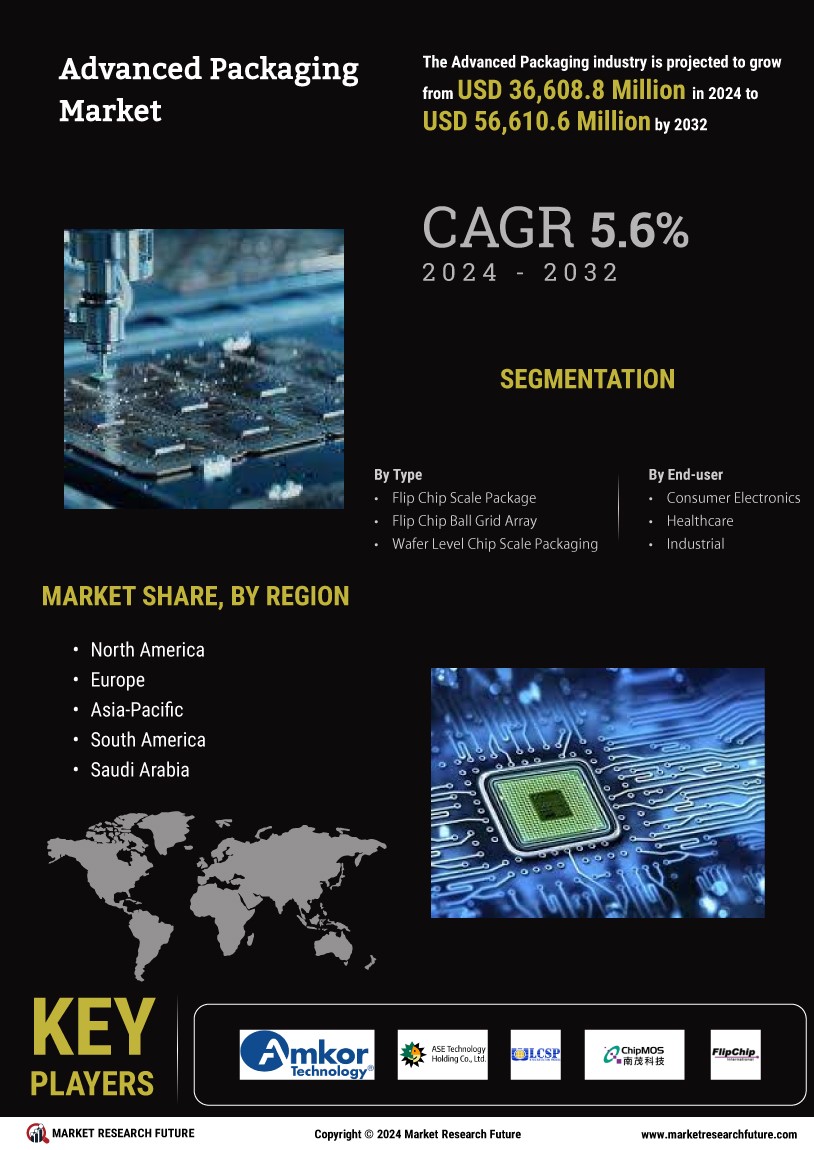

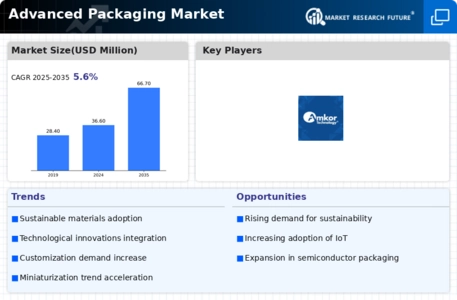
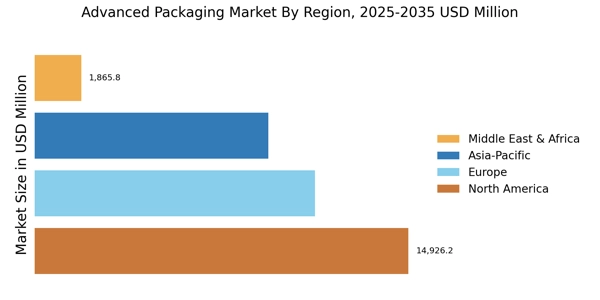

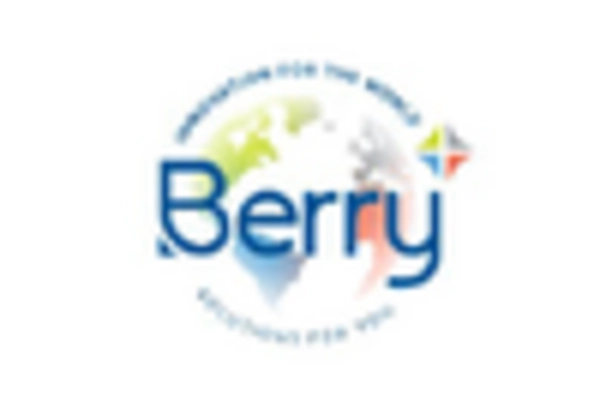

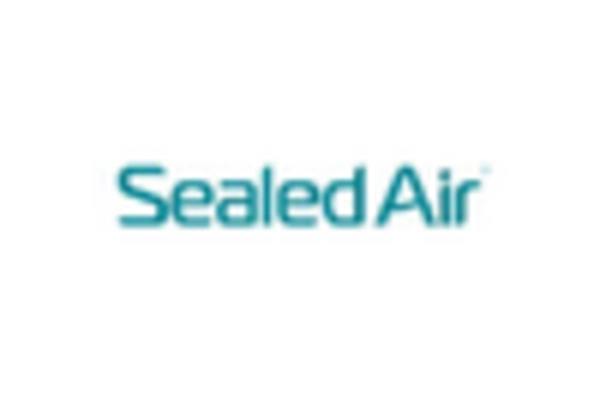
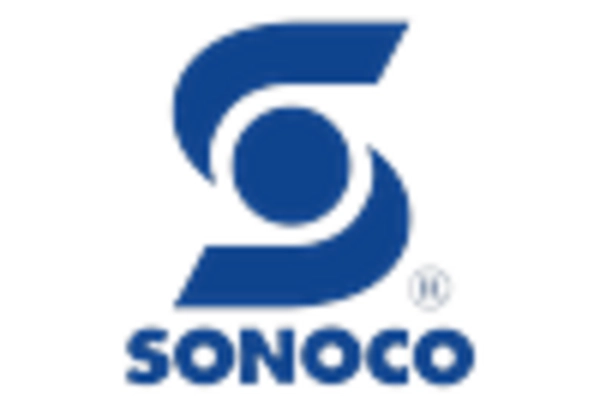
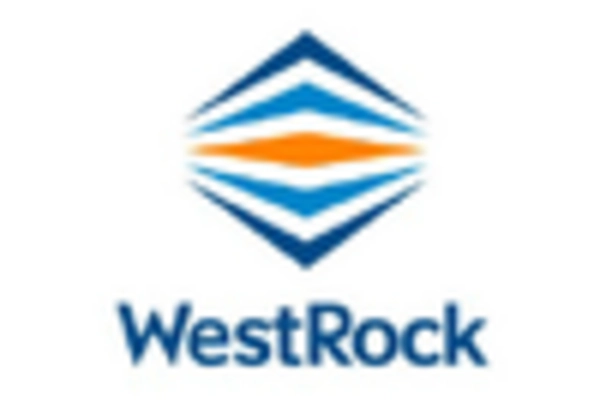








Leave a Comment